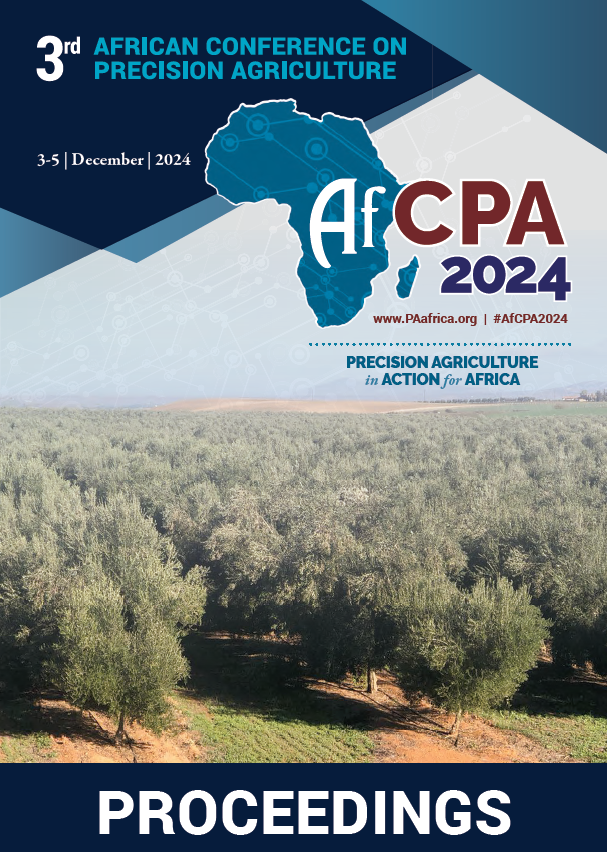Download the Conference Proceedings
Proceedings
Authors
| Filter results2 paper(s) found. |
|---|
1. Spatial soil loss risk assessment for proper intervention: a case of Neri watershed in Omo Gibe basin, Southwestern EthiopiaSoil erosion is one of the biggest global environmental problems resulting in both on-site and offsite effects. It contributes negatively to agricultural production, quality of source water for drinking, ecosystem health in land and aquatic environments, and aesthetic value of landscapes. This study was conducted in Neri watershed, part of Omo Gibe basin with area of 465.46 km2. RUSLE model supported by a GIS framework is used to assess the average annual soil loss, and create a soil erosion hazard... A. Hegano |
2. High Resolution Mapping of Long-Term Soil Organic Carbon Stocks and Changes in MoroccoSoil organic carbon (SOC) as a major part of the soil organic matter (SOM) is important for soil productivity stability and climate change mitigation. Current regional SOC maps are not detailed enough and thus, do not support decision-making at farm and landscape and do not track carbon long-term changes. Using large soil dataset, multispectral satellite data, climate data and machine learning , we created a high-resolution topsoil (0-30cm) map of Morocco and estimated the... B. Gerrard, E. Ben-dor, M. Bayad |
